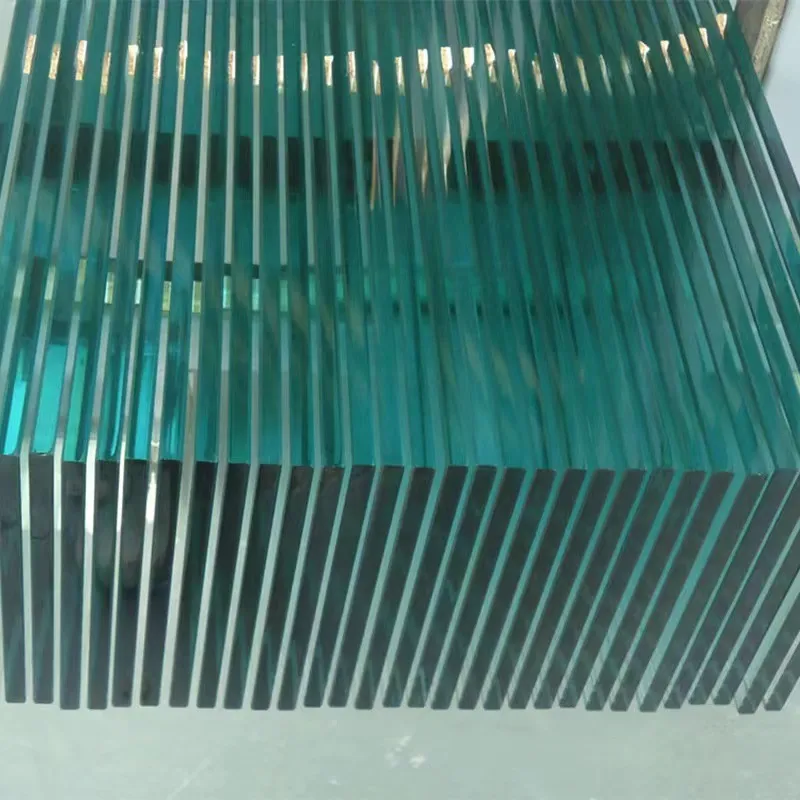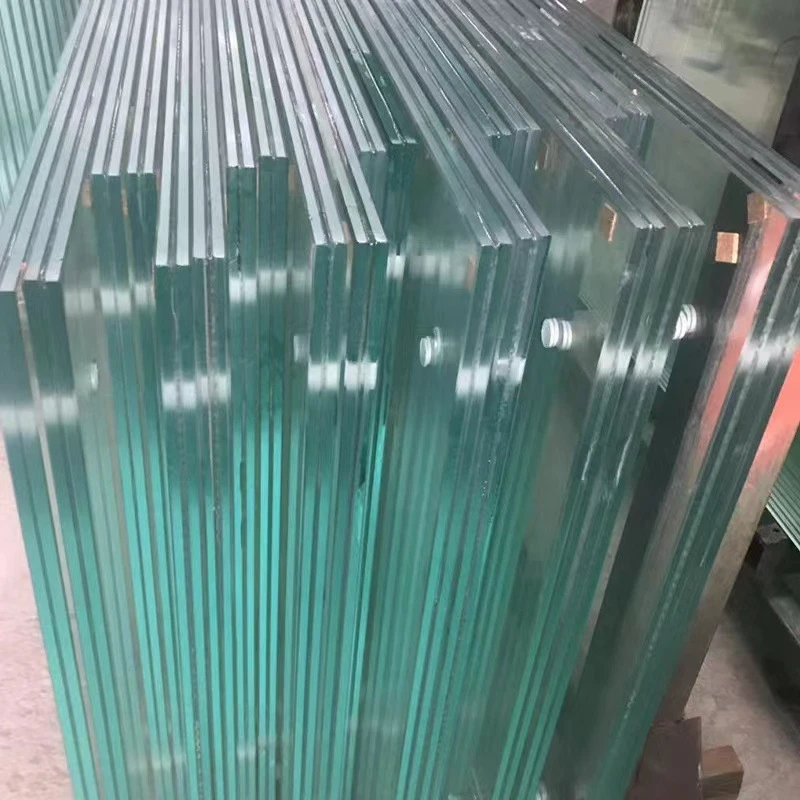Float glass manufacturing is a fascinating convergence of precision engineering and innovative materials science, resulting in a product that is integral to modern architecture and numerous industrial applications. This meticulous process involves a complex interplay of heat, chemistry, and physics, and demands a high level of expertise to ensure quality and efficiency.

At its core, float glass manufacturing is renowned for producing perfectly flat and uniform glass sheets. This is achieved by floating molten glass on a bed of molten tin, leveraging the natural tendency of liquids to find their own level. The process begins with raw materials like silica sand, soda ash, and limestone, which are carefully measured and mixed. These ingredients are then fed into a furnace that operates at temperatures exceeding 1,600 degrees Celsius. It is here that the raw components meld into a molten glass mixture.
The next stage sees this molten glass pouring onto a bath of molten tin. Here, the glass spreads out in a uniform layer due to gravity and surface tension, resulting in unparalleled smoothness and uniform thickness. This precision is crucial, particularly for applications requiring flawless transparency and strength, such as in automotive, construction, and high-tech industries.

A key aspect of successful float glass production is the control of the furnace environment. Manufacturers must maintain exact temperatures and precise chemical balances to prevent imperfections like bubbles or inclusions, which could compromise the glass’s optical qualities. Advanced computer systems and skilled technicians constantly monitor these conditions, employing expertise and experience to adapt swiftly to any variables.
Beyond technical prowess, the sustainability of the float glass process is gaining attention. Modern innovations strive to reduce energy consumption and emissions, aligning with global environmental standards. For instance, recycling cullet (waste glass) back into the production process not only lessens raw material usage but also reduces the energy required for melting. Companies adopting such green practices enhance their authority and build trust with environmentally-conscious consumers.
float glass manufacturing
Safety and reliability are non-negotiable in float glass manufacturing. Compliance with international quality standards such as ISO 9001 ensures processes meet stringent quality and management requirements. This commitment to excellence builds trust with consumers and partners, reinforcing the manufacturer’s reputation as a dependable provider of high-grade glass products.
Customization is another significant trend in the float glass industry. Beyond standard sheets, manufacturers offer bespoke solutions tailored to specific client needs, such as incorporating coatings that enhance thermal insulation or UV resistance. This adaptability highlights a deep understanding and expertise in material science, further positioning these companies as authoritative figures in the glass manufacturing sector.
As the demand for innovative glass solutions continues to grow, the role of experienced and knowledgeable professionals in the float glass industry becomes even more critical. Their ability to blend traditional methods with cutting-edge technology ensures that the industry not only meets current market needs but also anticipates future trends and challenges.
In summary, float glass manufacturing is a sophisticated and nuanced process, requiring a blend of expert knowledge, cutting-edge technology, and a commitment to quality and sustainability. This dedication not only ensures the production of high-standard glass but also solidifies the position of manufacturers as leaders in a competitive, ever-evolving industry.
 Afrikaans
Afrikaans  Albanian
Albanian  Amharic
Amharic  Arabic
Arabic  Armenian
Armenian  Azerbaijani
Azerbaijani  Basque
Basque  Belarusian
Belarusian  Bengali
Bengali  Bosnian
Bosnian  Bulgarian
Bulgarian  Catalan
Catalan  Cebuano
Cebuano  Corsican
Corsican  Croatian
Croatian  Czech
Czech  Danish
Danish  Dutch
Dutch  English
English  Esperanto
Esperanto  Estonian
Estonian  Finnish
Finnish  French
French  Frisian
Frisian  Galician
Galician  Georgian
Georgian  German
German  Greek
Greek  Gujarati
Gujarati  Haitian Creole
Haitian Creole  hausa
hausa  hawaiian
hawaiian  Hebrew
Hebrew  Hindi
Hindi  Miao
Miao  Hungarian
Hungarian  Icelandic
Icelandic  igbo
igbo  Indonesian
Indonesian  irish
irish  Italian
Italian  Japanese
Japanese  Javanese
Javanese  Kannada
Kannada  kazakh
kazakh  Khmer
Khmer  Rwandese
Rwandese  Korean
Korean  Kurdish
Kurdish  Kyrgyz
Kyrgyz  Lao
Lao  Latin
Latin  Latvian
Latvian  Lithuanian
Lithuanian  Luxembourgish
Luxembourgish  Macedonian
Macedonian  Malgashi
Malgashi  Malay
Malay  Malayalam
Malayalam  Maltese
Maltese  Maori
Maori  Marathi
Marathi  Mongolian
Mongolian  Myanmar
Myanmar  Nepali
Nepali  Norwegian
Norwegian  Norwegian
Norwegian  Occitan
Occitan  Pashto
Pashto  Persian
Persian  Polish
Polish  Portuguese
Portuguese  Punjabi
Punjabi  Romanian
Romanian  Russian
Russian  Samoan
Samoan  Scottish Gaelic
Scottish Gaelic  Serbian
Serbian  Sesotho
Sesotho  Shona
Shona  Sindhi
Sindhi  Sinhala
Sinhala  Slovak
Slovak  Slovenian
Slovenian  Somali
Somali  Spanish
Spanish  Sundanese
Sundanese  Swahili
Swahili  Swedish
Swedish  Tagalog
Tagalog  Tajik
Tajik  Tamil
Tamil  Tatar
Tatar  Telugu
Telugu  Thai
Thai  Turkish
Turkish  Turkmen
Turkmen  Ukrainian
Ukrainian  Urdu
Urdu  Uighur
Uighur  Uzbek
Uzbek  Vietnamese
Vietnamese  Welsh
Welsh  Bantu
Bantu  Yiddish
Yiddish  Yoruba
Yoruba  Zulu
Zulu 


